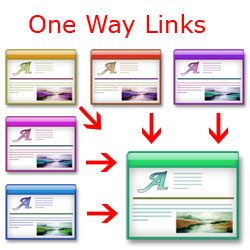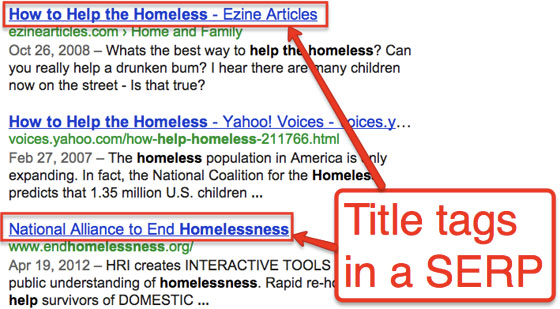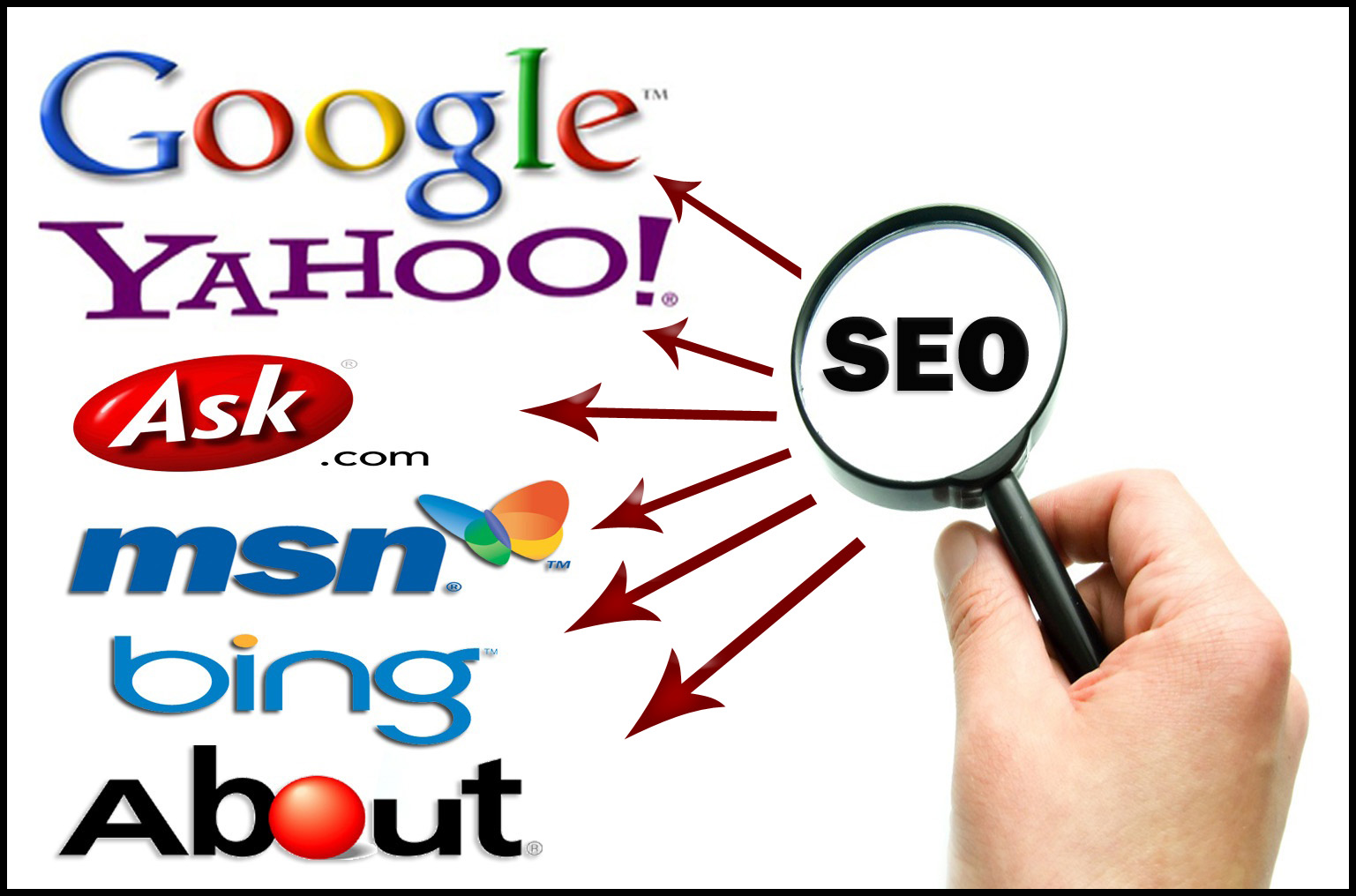Five Steps to Integrate Smarketing into your Organization
Before I give you the five steps to integrate Smarketing into your organization, you may want to know what it is right? Smarketing is the process of integrating the sales and marketing processes of a business. The sales and marketing relationship is often a negative one, so Smarketing should help to make these processes easier. Now that you have a little information on what Smarketing is, I'm going to give you the these five steps to integrate it into your organization:
- Speak the same language
- Make sure to create a metrics-based goal for marketing which can be tied to sale's goals
- Define the hand-off process between marketing and sales which will make the process smoother
- Define your buyer personas to both groups in order to make sure they target the same people
- Set up closed-loop reporting
- Make sure that you can identify the signs that you don't have closed-loop reporting
- Identify the benefits of closed-loop reporting for marketing and sales to both groups
- Example reports based on closed-loop data
- Implement a service level agreement
- Definition of an SLA: agreement between sales and marketing
- Maintain open communication
- Types of meetings and topics for each
- Types of emails and content for each
- How to maintain open communication outside meetings and emails
- Rely on data
- Dashboards are effective because they provide frequent, public, and transparent communication around progress towards goals
- Examples sales and marketing dashboards and reports
- The role of data in issue resolution and problem solving











